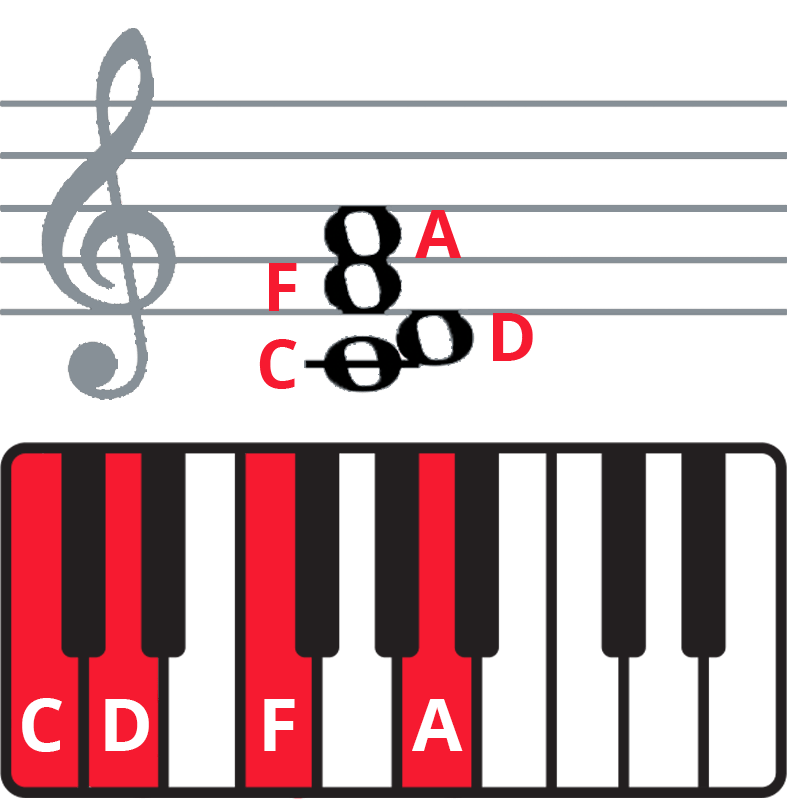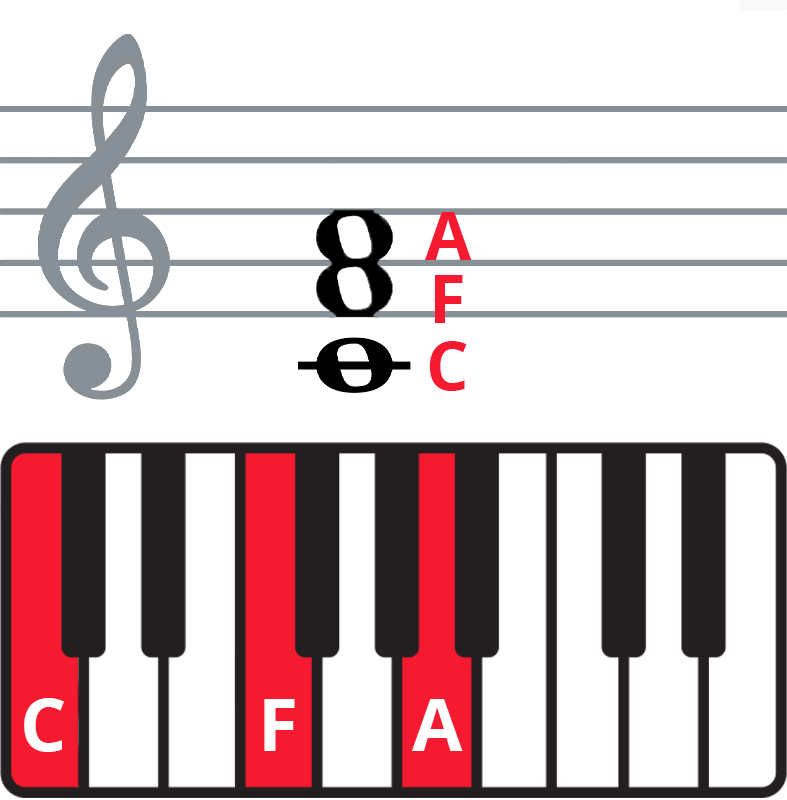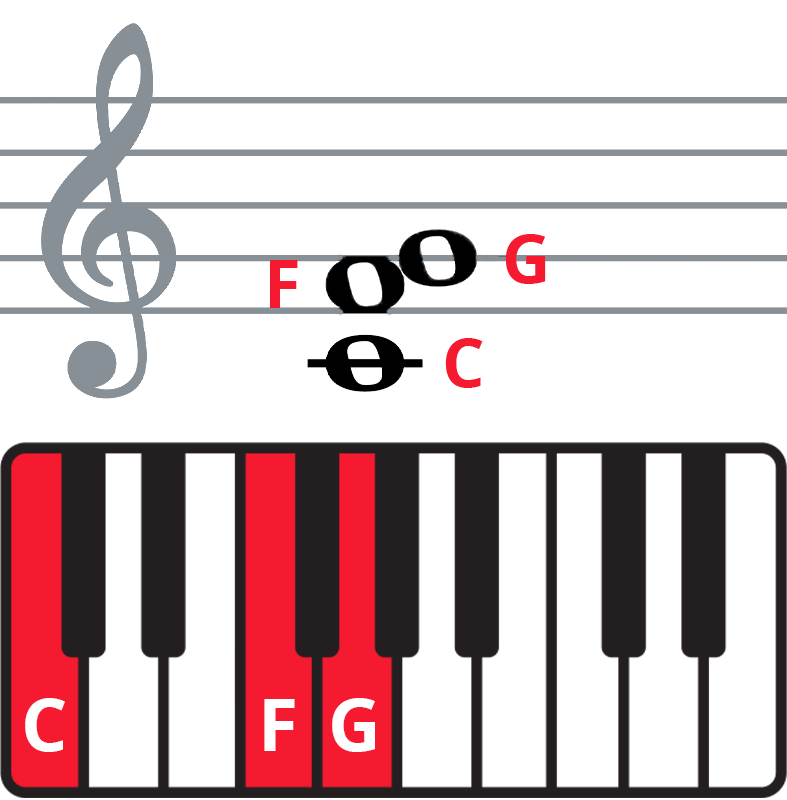Learn how to play Coldplay’s The Scientist with free piano lead sheet music, chords, and a video tutorial.
This song was released in 2002, but it’s a piano classic that’s still beloved by many. It’s also one of my favorite tunes.
The awesome thing about this is because, once you know the introduction, you basically have the blueprint for the entire song! Yay!
There are just four main chords and they repeat over and over in a simple rhythm. Since there are so few chords to learn, this an opportunity to get comfortable with inversions.
Our piano sheet music for “The Scientist” includes the chords and the melody, giving you space to develop your own left hand accompaniment if you wish.
Table of Contents:
Get exclusive access to world-class pianists and what makes them tick. Subscribe to The Note today.
The four main chords we’ll use are:
Dm7 – Bb – F – Fsus2
If these chords sound intimidating, don’t worry! We’ll tell you exactly how they work.

A standard Dm7 chord is D-F-A-C. 3rd inversion means we flip the bottom note up three times, making the chord “stack” order C-D-F-A. In the introduction, we’ll just play the notes C-F-A, but here’s what the full chord looks like.

If you struggle with reading music, you’re not alone! Did you know you can play hundreds of songs without standard notation? We’ll show you the secrets traditional lessons won’t teach in a 100% free webinar. It’s open to all ages and ability levels. Just show up and have fun!
1st inversion means we flip the bottom note up once. This means our Bb chord, normally Bb-D-F, is now D-F-Bb.

Here’s our first 2nd inversion chord. The default position of an F chord is F-A-C. For 2nd inversion, we flip up the bottom note once (A-C-F), then again (C-F-A)
By the way, did you notice how the F chord is almost identical to the Dm7 chord? Only the D is different!

A sus chord is when you substitute the 3rd of the chord with something else. In this case, we substitute the 3rd of the F chord (A) with the 2nd note of the F Major scale (G).
We’ll play Fsus2 in 2nd inversion, which means we’ll reorder F-G-C to C-F-G.

There’s one more chord in the song, C Major, which doesn’t come until the end, but it’s pretty easy.

In our tutorial, we’ve simplified things by playing quarter notes in both the right and left hands. However, in the original recording, eighth notes are played in the left hand. This means the left hand plays twice as fast as the quarter notes on the right.
Play whatever sounds good to you. You can also just play the root note of each chord on your left hand, or play it in an octave.
Since the rhythm is so steady and simple, “The Scientist” is a perfect song to practice singing while playing. We hope you enjoy this classic tune, and happy practicing!
As a Pianote+ Member, you’ll get access to our 10-step Method, 1000+ song library, real teachers, world-class Coaches, and a growing community of piano players just like you.
Lisa Witt has been teaching piano for more than 20 years and in that time has helped hundreds of students learn to play the songs they love. Lisa received classical piano training through the Royal Conservatory of Music, but she has since embraced popular music and playing by ear in order to accompany herself and others. Learn more about Lisa.


By signing up you’ll also receive our ongoing free lessons and special offers. Don’t worry, we value your privacy and you can unsubscribe at any time.
We use cookies for traffic data and advertising. Cookie Policy »